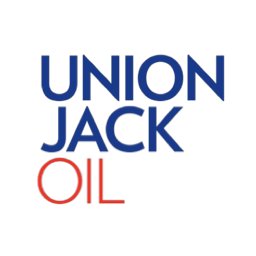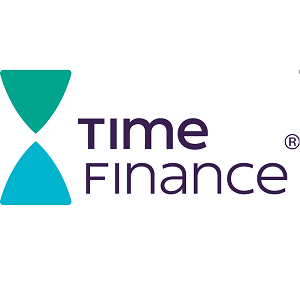In the investment world, before MiFID II, essentially every institution talked to every broker, and the whole, professional market could see every research note and the forecasts in detail. This was the ‘Age of Consensus’. Everyone had the same information (well, everyone except retail investors), and this transparency helped share price formation and liquidity.
Today is very different. Company managements may not appreciate that institutions have typically halved their broker list. As management, you may feel comfortable that you have, for example, eight analysts writing about you – you should feel less so if many of them are not visible to anyone! This article shows how transparency in forecasts has disappeared. Our work shows that, for a typical company with eight analysts, only four forecasts are visible. This demonstrates the risk of confusing coverage with distribution.
MiFID II changes everything, including broker reach
Most of what has been written about the new environment for investment research has centred on the number of analysts per stock. Indeed, Hardman & Co has been at the forefront of exploring this impact and any consequent effect on liquidity with our own MiFID II Monitor. But the more crushing, and far less appreciated, outcome has been on the broker relationship with institutional clients. Many brokers have seen their reach go from universal to ‘tight’.
Quantity and quality of research
Some commentators wonder whether the quality of research has gone down. One way to assess this would be to examine the data for the number of pages published collectively in 2018 versus 2017. Recognising that volume doesn’t necessarily equal value, if, say, we found that, on average, the figure had halved, then that would be a strong indicator. Unfortunately, these data do not seem to be available.
We have some qualitative evidence, though. The Quoted Companies Alliance recently published its ‘Mid and Small-Cap Investor Survey’ . 62% of institutions surveyed thought there was less research in 2018, compared with 48% that held that view in 2017. What is particularly interesting is that only 28% of companies have noticed that there is less research. Look forward to the next 12 months and the survey shows 71% of institutions think there will be less research, but only 32% of companies share that view.
Two points should be made about these data.
Firstly, they are restricted to mid- and small-cap coverage, although there is no reason to believe the large-cap landscape is any different.
Secondly, there is a significant variance between the views of institutions and companies. Of the two, we would pay more attention to institutions, since they are the audience at which research is targeted. In fact, the difference may be explained by distribution. If you have cut the number of brokers you deal with, of course you’re going to see less research.


















